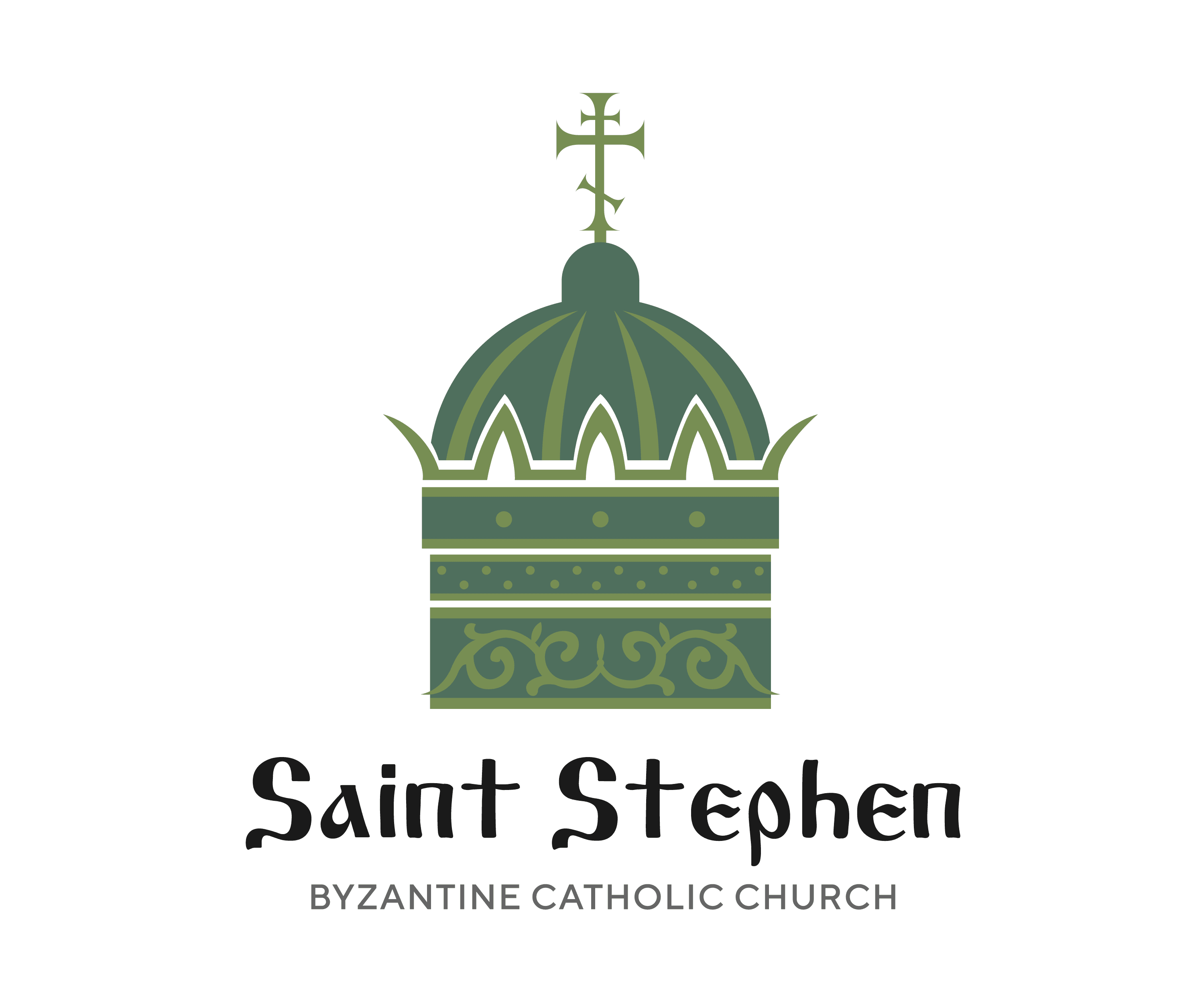Bulletin for 2021-12-19 – St. Stephen
Great Vespers will begin at 4pm on Saturday, December 11th, 2021.
Great Vespers Propers for the Sunday of the Forefathers & the Theotokos of Guadalupe. Tone 4.
Sunday Matins will begin at 8am on Sunday, December 12th, 2021.
Matins Propers for the Sunday of the Forefathers. Tone 4. (abbreviated).
The Divine Liturgy begins at 10:00am on Sunday, December 12th, 2021.
People’s book for the Divine Liturgy
Divine Liturgy Propers for the Sunday of the Forefathers & the Theotokos of Guadalupe. Tone 4.
Whenever we are unable to pray the Divine Liturgy, we traditionally pray Typika in its place. Click here for a Typika Booklet
Great Vespers will begin at 4pm on Saturday, December 4th, 2021.
Sunday Matins will begin at 8am on Sunday, December 5th, 2021.
Matins Propers for the Twenty-eighth Sunday after Pentecost. Tone 3. (abbreviated).
The Divine Liturgy begins at 10:00am on Sunday, December 5th, 2021.
People’s book for the Divine Liturgy
Whenever we are unable to pray the Divine Liturgy, we traditionally pray Typika in its place. Click here for Typika for this day.
Divine Liturgy
Friday – 6:30 PM (If No Vespers)
Sunday – 9:00 AM (Livestreamed)
Vespers
Friday – 6:30 PM (If No Liturgy)
Saturday – 4:00 PM
Parish Address:
4141 Laurence Ave, Allen Park, MI 48101
